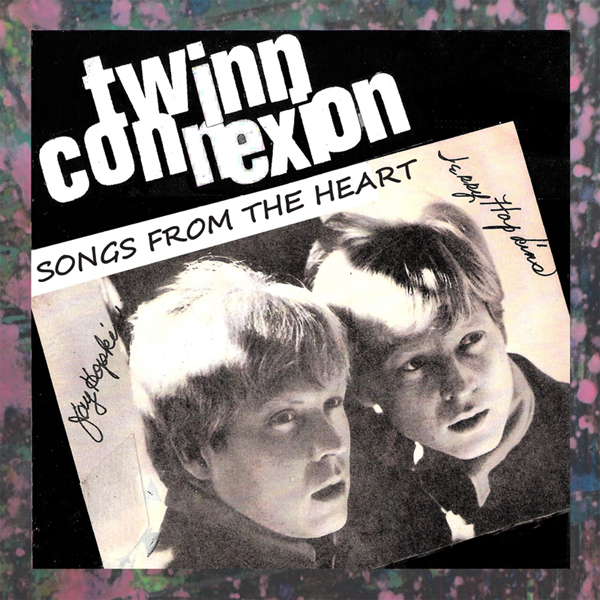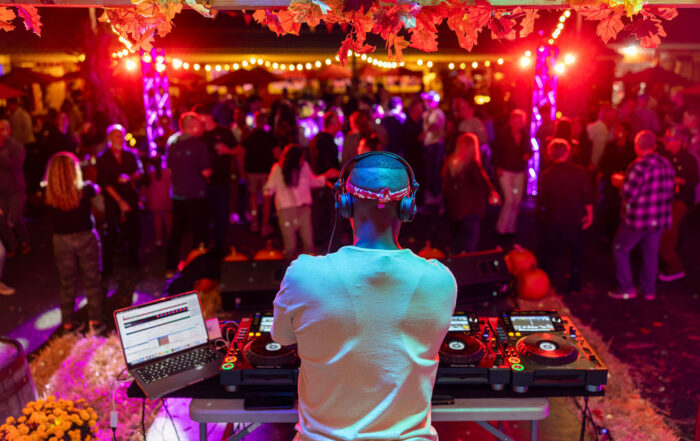By Stephan Hengst, Big Gay Hudson Valley
When I first learned about the existence of a huge piece of queer art, created locally, I had to find out more about it. Turns out it was the masterwork of Hudson Valley artist Gerald Hopkins – Jerry to his friends – and the Wall of Color, as he had titled it, premiered at a Saugerties gallery in 2010.
Wall of Color was composed of 40 individually composed 22″ x 28″ panels. Some featured queer iconography like the pink triangle, the rainbow flag and the bisexual pride flags. Other panels depicted LGBTQ historical icons like Walt Whitman, Calamity Jane, Bayard Rustin and Oscar Wilde.
It seemed difficult to comprehend why this Big Gay had never heard of this Big Gay work.
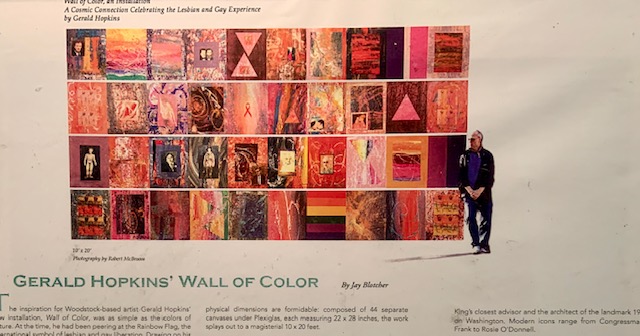
So, I started my research. A quick Google led to an article about Wall of Color in Roll Magazine written in 2010 by my good friend, Jay Blotcher. He explained that he had not been in regular contact with Jerry since that piece was published. I continued digging while Jay called the last number he had for Jerry.
Within a couple of hours the two had reconnected. Jerry, now 79, still had his Wall of Color masterwork and gleefully invited us to see it. Donning my rainbow mask, I met Jay over at Jerry’s home in the Stockade District of Kingston.
Touring the attic of Jerry’s home, a former church, I was shocked to find more than just the Wall of Color. Jerry, a prolific visual artist, had an archive brimming with more than 50 years of artwork.
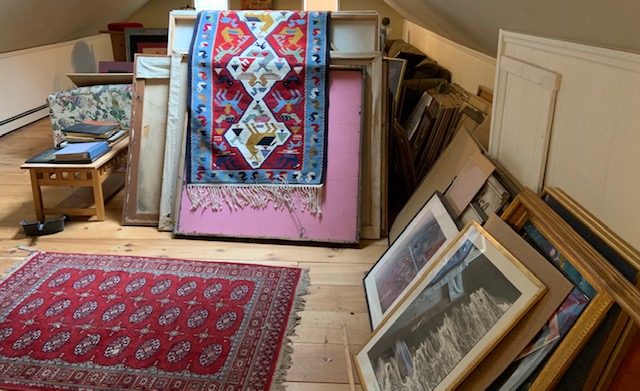
His catalogue spanned a huge array of subjects. They included large-scale portraits of the Big Sky from his hometown in Montana, abstract landscape works that were collections of bold textures and patterns with titles like Spring Awakening, Galactic Birds and The Big Rainbow. There were numerous paintings and decoupage work featuring the nude male form, dating from the early 60’s to the last decade.
Jerry walked us through the origin of the Wall of Color, a commemoration of the passing of his twin brother, Jay Hopkins, in 2001 and his life partner, Bob Cessna, who died in 2008. Hopkins’s Wall of Color marked a high point in a half-century of creating personal art that addresses gay history and culture while bravely exploring homoerotic themes.

Gay twin brother? Artwork was apparently only part of his story. I was intrigued and asked Jerry to tell me more.
Originally from Helena, Montana, Jerry and Jay Hopkins had displayed an early talent for singing. After college, the blond and boyishly handsome twins headed to NYC with little in their pockets. They performed at small clubs, determined to become stars. Thanks to Thomas Z. Shepard (a musical record producer and collaborator of Stephen Sondheim’s), Jerry and Jay were signed to Decca Records.
What followed was a flurry of media attention, TV and stage appearances, and fan frenzy. Their self-titled debut record of sunshine pop songs, Twinn Connexion, was released in October 1968. The album’s first single, Sixth Avenue Stroll, was released in July of that year. While touring in Kentucky to promote the single, Hopkins vividly recalls a gaybashing of he and his brother at the pool of a resort they were staying at. As word of the incident got back to the suits at Decca Records, the higher-ups decided that nobody wanted to buy records from two “homos” and Jerry and Jay were swiftly back-burnered by the label right around the time of their album’s release.
When Jerry shared this story with me, you still hear in his voice the trauma of more than 50 years ago — before the Stonewall Riots changed everything. This blatant homophobia crushed both brothers. Jerry turned to theatre and Jay went into finance.
But there’s a happy ending. Even though the Twinn Connexion debut was out of print, the music of the Hopkins brothers was eventually rediscovered by fans and disc jockeys across the world. A Google of Twinn Connexion today reveals many great appreciations.
Jerry has a powerful story to tell and he shines with pride in sharing it. Over the last few weeks, I have so enjoyed getting to hear of his life firsthand and to learn about his artwork, his life partner Bob, and the saga of Twinn Connexion. It’s reinforced something that I have felt for years: We younger members of the LGBTQ community can be enriched by spending time with our seniors. I encourage all young gay men and women to connect with our LGBTQ elders, those who blazed a trail for us, and ask them to share their stories.
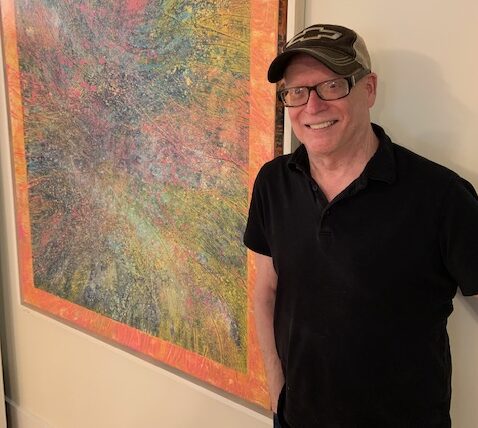
Upcoming Events, Sent to You Every Week.
Stay a ‘Mo in the Know about events, news and local happenings, delivered directly to your inbox every Tuesday.


